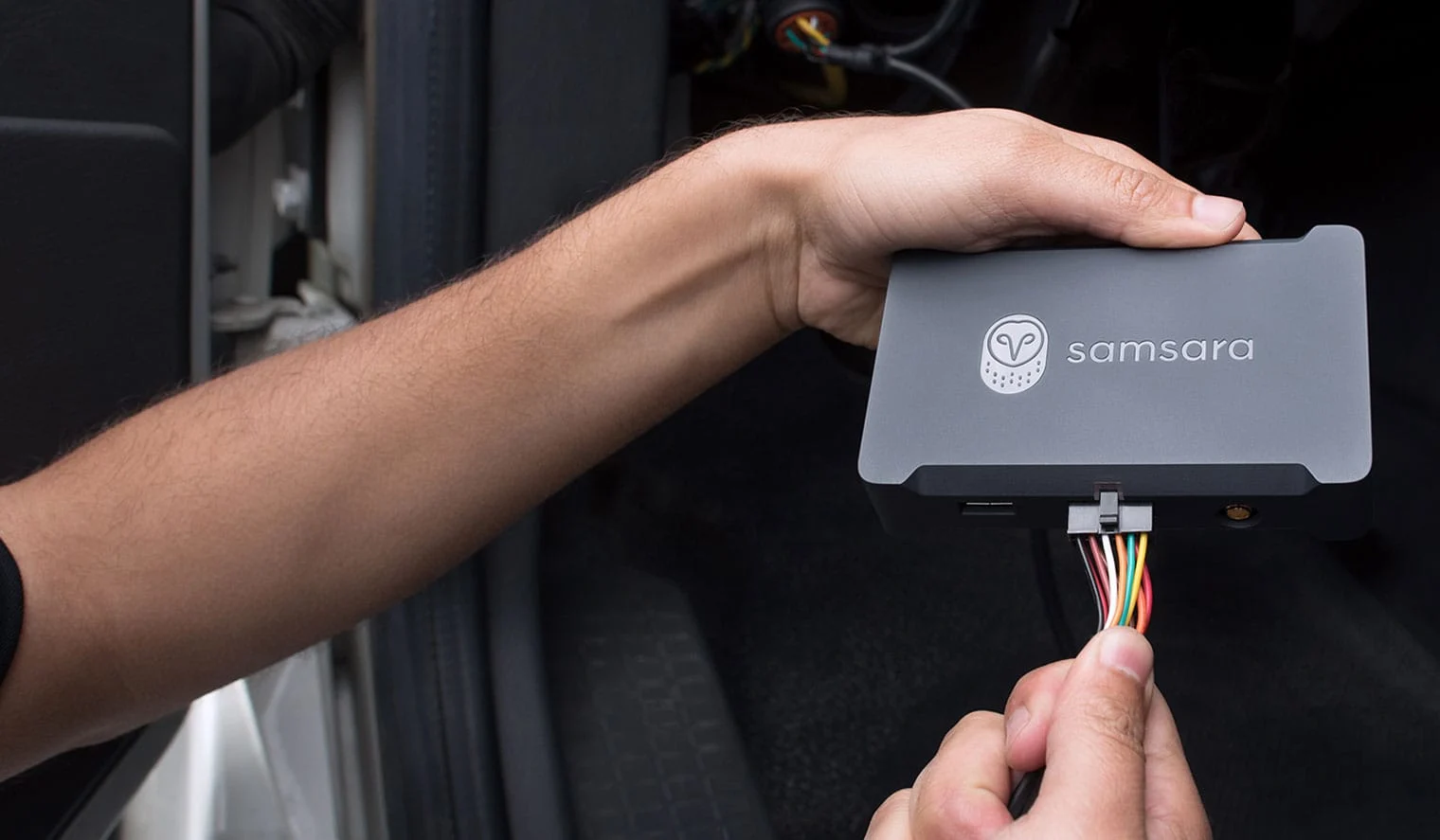Efficiency
Ditch the spreadsheets: How tech is changing construction
August 21, 2024
Senior Director, Strategic Customer Success

Get the latest from Samsara
Subscribe nowAs waves of digital transformation have washed across the business world, the construction industry has been slow to adapt. That, however, is about to change. The construction sector is at the outset of a major technology-powered transformation, where traditional, manual processes will be replaced by digital solutions to help save time, lower costs, and boost productivity.
One area where these changes are already being felt is asset management. In the past, managing equipment meant dealing with paper lists and dry-erase boards to track thousands of pieces of machinery. This not only took up a lot of time and resources but also strained customer relationships when equipment information was wrong.
Today, digital tools have changed everything. Mechanics can now focus on maintaining and repairing equipment instead of wasting hours trying to find it. This shift to digital solutions makes operations smoother and more efficient, helping construction companies and suppliers stay ahead in a competitive industry. Here are three ways technology can help you manage your equipment better.
1. Centralize equipment data in one place for better visibility into performance
Digital tools and telematics are giving construction companies and suppliers a clear view of how their equipment is performing and being used. Rental companies, for instance, have moved beyond merely tracking whether a machine is out on rent, to understanding how much it’s actually being used. With this information, companies can bill more accurately, helping to not only drive more revenue, but also improve customer satisfaction.
In the early days of tech, data from different equipment manufacturers was kept separate, making it challenging for mixed fleets to have a holistic view of their operations. But about a decade ago, new standards allowed for sharing this important information across different platforms. Now, centralized systems let companies see all their equipment data in one place, giving them a complete picture of their operations and helping them manage their assets more effectively.
More importantly, this visibility helps organizations make smarter decisions. For example, companies can reallocate underused equipment to jobsites with higher need, can plan maintenance in advance to avoid downtime during peak hours, or optimize routes to save on fuel.
2. Proactively maintain equipment to maximize spend
The construction industry is facing big challenges, especially with recent events such as the pandemic, supply chain disruptions, and inflation. Getting new equipment can be tough and expensive, so making the most of existing tools is more important than ever. This has sped up the use of digital systems that help manage these issues by providing crucial data for decision-making.
With parts shortages leading to aging equipment, reliability and environmental impact have become major concerns. To tackle these problems, companies are turning to sensors and advanced data analytics. Sensors track hours and maintenance schedules, allowing for proactive servicing without interrupting operations. This data-driven approach means mechanics can quickly diagnose and fix issues, boosting overall productivity.
Take Sterling Crane, one of Canada's largest mobile crane rental companies. With over 900 cranes and auxiliary equipment, they’ve embraced technology to improve their operations. By using Samsara for their proactive maintenance program, they expect to save over $2.5 million annually in major maintenance costs. This not only increases efficiency but also reduces downtime and maintenance expenses, underscoring the huge benefits of digital tools in today’s construction industry.
3. Moving from paper to digital processes for greater productivity
As the construction industry evolves, centralizing asset-related data in a cloud-based system provides a single source of truth, making information readily accessible for decision-making and strategic planning. This aligns with the broader industry trend to make operations more efficient while supporting sustainability by reducing the use of paper.
In fact, eliminating paper-based tasks and processes is one of the most important steps construction companies and suppliers can take to improve their operations. Digitized forms, like Samsara Connected Workflows, can have a big impact. These forms eliminate the need for paper, letting you submit job-related documents from anywhere, right away. This leads to accurate and timely data capture, which speeds up processes like invoicing and maintenance reporting, improving cash flow and customer service. And now, with Connected Workflows it’s easier to address safety and operational risks in real-time.
This was the case for DeSilva Gates Construction, a Bay Area-based company established in 1932. Previously, incomplete maintenance checks led to faulty equipment being delivered to job sites, causing significant delays. With Connected Workflows, these issues are now reported and addressed immediately, ensuring jobs start on time. As a result of preventing equipment delays, DeSilva Gates saves an estimated $45,000 a week, translating to approximately $2.34 million saved annually.
By using Samsara Connected Workflows, companies can significantly reduce administrative burdens and enhance operational efficiency, laying a strong technological foundation for future challenges and opportunities.
Embracing digital tools today will prepare you for tomorrow’s challenges
The construction industry's move to digital solutions is changing the game. By using data and advanced tech, companies can make informed decisions, enhance productivity, and improve sustainability. As the industry continues to evolve, a strong foundation of digital solutions will be pivotal in navigating the path ahead.
Although the transformation can be difficult, it opens up huge opportunities for growth and innovation. Embracing these changes will ensure that your company stays strong and is ready to meet future demands.
Get the latest from Samsara
Subscribe now

















